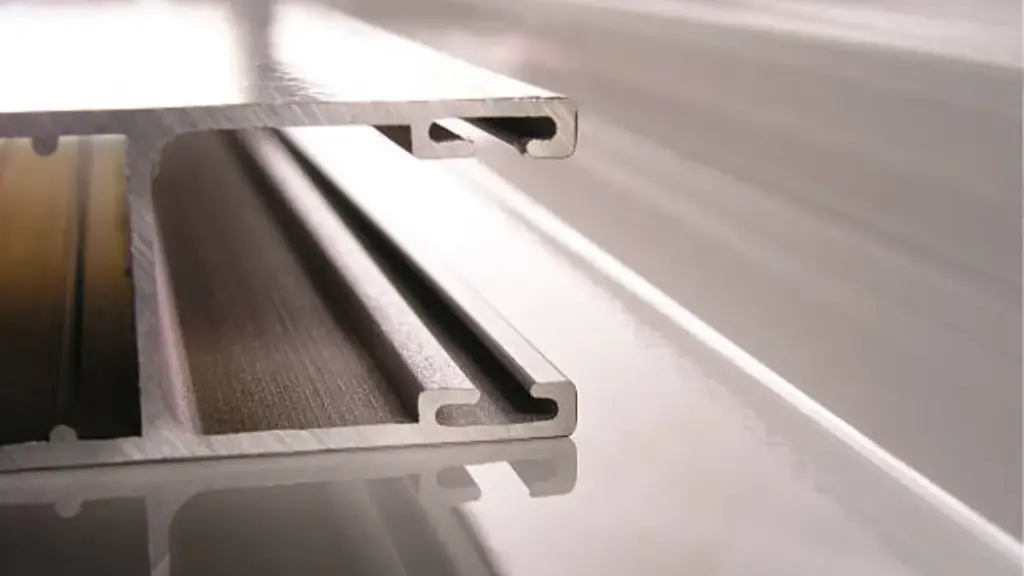هل وجدت نفسك في حيرة بشأن اختيار سبائك الألومنيوم لمشروعك القادم? حسنًا, أنت لست وحدك. اليوم, نحن نتعمق في التفاصيل الجوهرية لاثنين من سبائك الألومنيوم المشهورة: أدك10 و أدك12. كلاهما لهما امتيازات ومراوغات فريدة من نوعها, وفهمها يمكن أن يساعدك على اتخاذ قرار مستنير. لذا, دعونا ننكب على المسامير النحاسية (أو ينبغي أن أقول مسامير الألومنيوم?).
ما هي سبائك الألومنيوم ADC10؟?

على ما يرام, لنبدأ الأمور مع ADC10. هذه السبائك هي جزء من العمود الفقري في صب الألومنيوم. وهي معروفة بخصائصها الميكانيكية الصلبة والتوصيل الحراري الجيد. فكر في ADC10 باعتباره ذلك الصديق الموثوق الذي يكون متواجدًا دائمًا عندما تحتاج إليه, توفير أداء ثابت وعدم خذلانك. يستخدم عادة في قطع غيار السيارات, المكونات الكهربائية, والتطبيقات الهندسية العامة حيث تكون المتانة أمرًا أساسيًا.
ما هي سبائك الألومنيوم ADC12?
التالي, أدك12. هذا النجم قليلًا في عالم صب الألمنيوم. لديها موهبة للتفاصيل, مما يجعلها مثالية للتصميمات المعقدة والأجزاء الدقيقة. ADC12 يشبه فنان المجموعة, مع castability ممتازة والمقاومة للتآكل, مما يعني أنه يتدفق بشكل أفضل في القوالب ويصمد بشكل جيد مع مرور الوقت. ستجد غالبًا ADC12 في العلب الإلكترونية وقطع غيار السيارات عالية الأداء.
إيجابيات وسلبيات سبائك الألومنيوم ADC10
إيجابيات سبائك الألومنيوم ADC10
- الخواص الميكانيكية الصلبة: يتميز ADC10 بقوة شد مذهلة وقوة إنتاجية, مما يجعلها مثالية للأجزاء التي تحتاج إلى تحمل الضغط.
- الموصلية الحرارية الجيدة: إنه رائع في تبديد الحرارة, وهي ميزة إضافية للمكونات التي تولد الكثير من الحرارة.
- براعة: مناسبة لمجموعة واسعة من التطبيقات من السيارات إلى الأجزاء الكهربائية.
سلبيات سبائك الألومنيوم ADC10
- القابلية للصب: بينما هو جيد, إنه ليس الأفضل. لا يتدفق ADC10 بسلاسة إلى القوالب المعقدة مثل ADC12.
- مقاومة التآكل: إنه جيد ولكن ليس بارتفاع ADC12, والتي قد تكون مهمة في البيئات الأكثر تآكلًا.
إيجابيات وسلبيات سبائك الألومنيوم ADC12
إيجابيات سبائك الألومنيوم ADC12
- قابلية صب ممتازة: يتدفق ADC12 مثل الحلم إلى قوالب معقدة, مما يجعلها مثالية للمكونات التفصيلية والدقيقة.
- مقاومة عالية للتآكل: انها تقف بشكل جيد ضد العناصر, وهو أمر رائع بالنسبة للأجزاء المعرضة لظروف قاسية.
- خصائص ميكانيكية جيدة: بينما أقل قليلاً من ADC10, لا تزال قوة الشد والإنتاجية تستحق الثناء.
سلبيات سبائك الألومنيوم ADC12
- الموصلية الحرارية: ليس مرتفعًا تمامًا مثل ADC10, والذي قد يكون عيبًا في تطبيقات تبديد الحرارة.
- قوة أقل قليلا: إنها قوية ولكنها لا تصل إلى العلامات العالية لـ ADC10 من حيث القوة الميكانيكية.
أدك 10 مقابل. ADC12 الألومنيوم
ADC10 وADC12 كلاهما من سبائك الألومنيوم المستخدمة عادة في التصنيع بسبب خصائصها المفضلة. وهنا مقارنة بين الاثنين:
| معايير | أدك10 | أدك12 |
| تعبير | يحتوي على كمية أكبر قليلاً من السيليكون (و) والحديد (الحديد) | عادة ما يحتوي على نسبة أعلى قليلاً من النحاس (النحاس) |
| قوة الشد | حول 310 MPa | حول 290 MPa |
| قوة العائد | تقريبًا 140 MPa | تقريبًا 130 MPa |
| صلابة (برينل) | عن 85 غ.ب | عن 80 غ.ب |
| استطالة | عادة حولها 3% | حول 2.5% |
| القابلية للصب | قابلية صب جيدة, ولكن ليس كالسائل في القوالب المعقدة | قابلية أفضل للصب, يفضل للصب معقدة |
| مقاومة التآكل | مقاومة التآكل لائقة | يُظهر بشكل عام مقاومة أفضل للتآكل |
| الموصلية الحرارية | الموصلية الحرارية أفضل قليلا, تبديد الحرارة بكفاءة | انخفاض الموصلية الحرارية مقارنة بـ ADC10 |
| التطبيقات | قطع غيار السيارات, المكونات الكهربائية, الهندسة العامة | دقة عالية وتصميمات معقدة, المساكن الإلكترونية, قطع غيار السيارات عالية الأداء |
| يكلف | عموما لا يوجد فرق كبير في السعر | عموما لا يوجد فرق كبير في السعر |
لتلخيص:
- أدك10: خصائص ميكانيكية أفضل قليلا, الموصلية الحرارية, وجيدة للتطبيقات التي تتطلب المتانة.
- أدك12: أفضل castability والمقاومة للتآكل, مثالية للتطبيقات المعقدة وعالية الدقة.
خاتمة
إن الاختيار بين سبائك الألومنيوم ADC10 وADC12 يتلخص في ما تحتاجه لمشروعك المحدد. هل تبحث عن القوة وإدارة الحرارة? انتقل إلى ADC10. بحاجة إلى شيء للصب التفصيلي ومقاومة التآكل? ADC12 هو صديقك. كلا السبائك تجلب نقاط القوة الخاصة بها إلى الطاولة, ومعرفة هذه الأمور يمكن أن تساعدك في اختيار المادة المثالية التي تناسب احتياجاتك.
الأسئلة الشائعة
- ما هو الفرق الرئيسي بين الألومنيوم ADC10 و ADC12? الفرق الرئيسي يكمن في خصائصهم: يتمتع ADC10 بقوة ميكانيكية وموصلية حرارية أفضل, بينما يوفر ADC12 قابلية صب فائقة ومقاومة للتآكل.
- ما هي السبائك الأفضل لتطبيقات السيارات؟? ذلك يعتمد على التطبيق المحدد. يعتبر ADC10 أفضل للأجزاء التي تتطلب القوة وتبديد الحرارة, في حين يفضل ADC12 للتعقيد, أجزاء مقاومة للتآكل.
- كيف يؤثر تكوين ADC10 وADC12 على خصائصهما? يحتوي ADC10 بشكل عام على المزيد من السيليكون والحديد, تعزيز قوتها وخصائصها الحرارية. يحتوي ADC12 على المزيد من النحاس, تحسين castability والمقاومة للتآكل.
- هل هناك اختلافات كبيرة في التكلفة بين ADC10 وADC12? عادة, لا يوجد فرق كبير في التكلفة بين السبائك. يعتمد الاختيار عادةً على الاحتياجات المحددة للمشروع بدلاً من التكلفة.
- ما هي التطبيقات الشائعة للألمنيوم ADC10 وADC12? يستخدم ADC10 بشكل شائع في قطع غيار السيارات, المكونات الكهربائية, والتطبيقات الهندسية العامة. يُفضل ADC12 للعلب الإلكترونية, قطع غيار السيارات عالية الدقة, وغيرها من المسبوكات المعقدة.


















